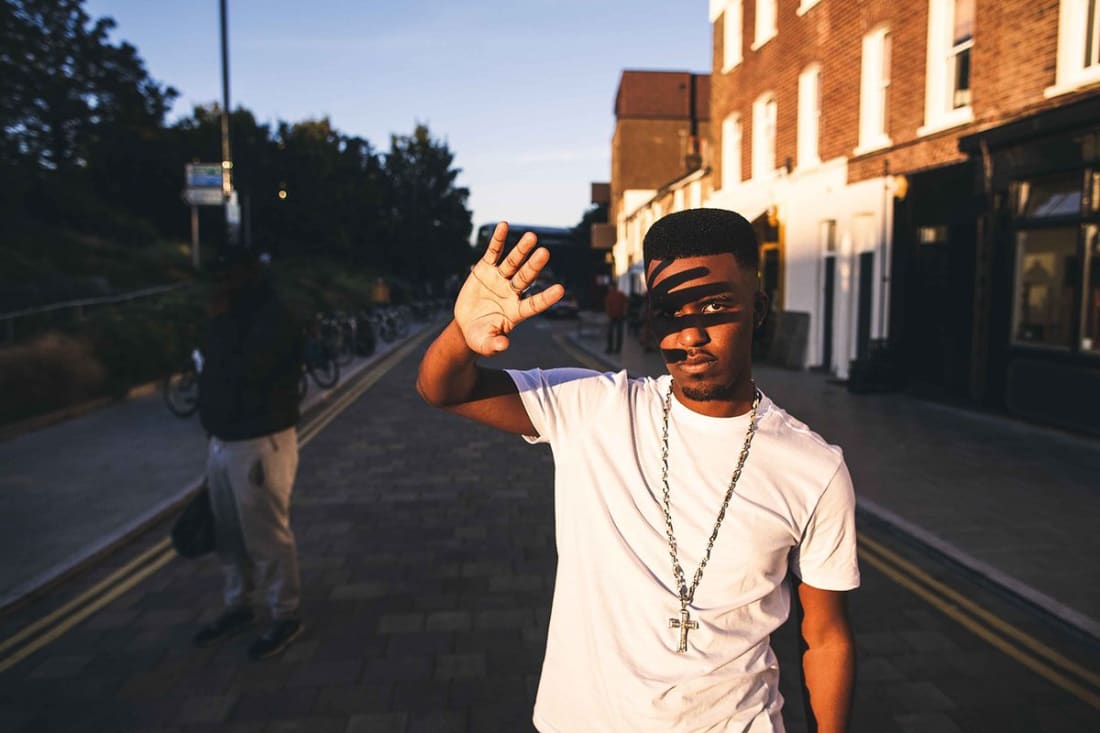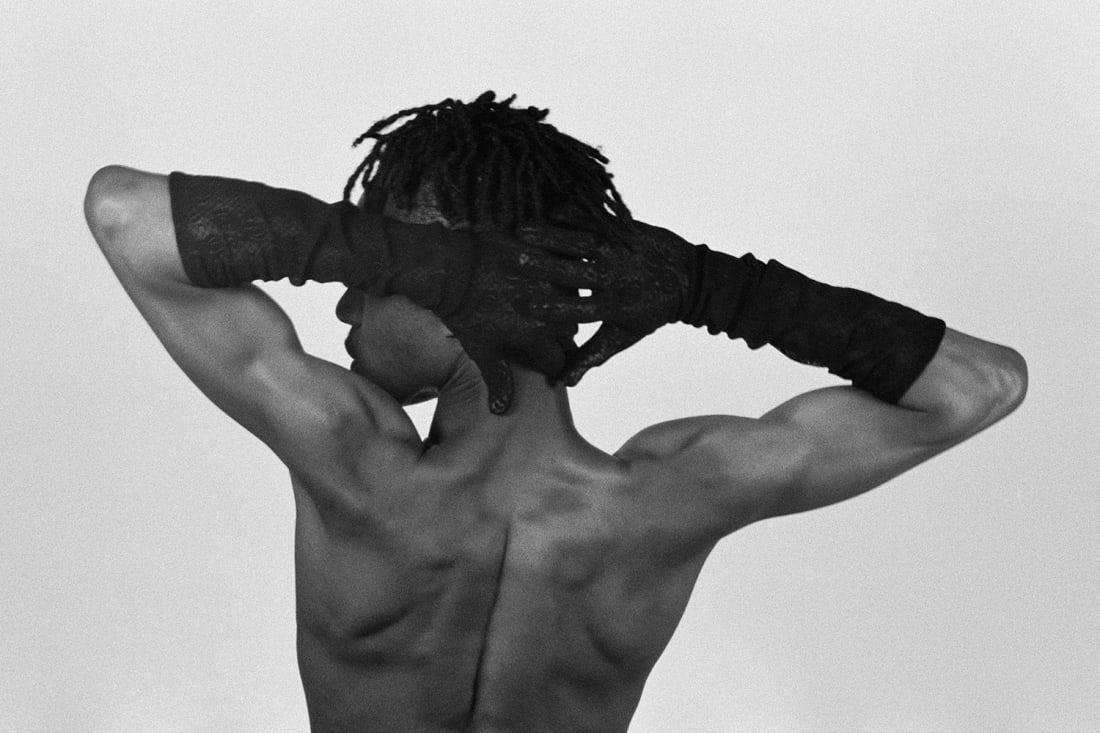Boys being boys: Tender photos of young male intimacy
In his latest photo project and exhibition Boys Boys Boys, Chinese photographer Lin Zhipeng tenderly investigates the desires of young men
In his latest photo project and exhibition Boys Boys Boys, Chinese photographer Lin Zhipeng tenderly investigates the desires of young men
When it comes to the condition of male adolescence, there is so much more than meets the eye. Confined by contemporary gender politics, which so often expects young men to play traditional masc. roles and reject, rather than embrace, things like emotions which are reportedly not very manly, young men are given little space to consider their inner thoughts and feelings. But in his latest project, Boys Boys Boys, photographer Lin Zhipeng (known to the internet by his affectionately-used alias, No.223) is making room for these explorations.
Boys pictured against delicate flowers; boys exploring their bodies; boys touching other boys. Like its namesake, Lihpeng’s latest collection and exhibition holds the lens up to young men and documents their relationship to intimacy with microscopic precision - both with themselves and others. Playful yet intimate, colourful yet shy, Boys Boys Boys is also an investigation of Zhipeng’s own relationship to love and desire as a man. Its ups and downs, its complications, but above all else - its beauty.
An established contemporary Chinese photographer, Lin Zhipeng’s projects never fail to push the boundaries of representations of Chinese identity, often transgressing traditional gender values in the process. But from Zhipeng’s perspective, he is simply capturing the world as he sees it and the multi-faceted nature of the people around him, starting with himself and his friends. “I have been photographing friends around me for a long time. I have many gay friends, some are single and some are couples. Every boy has his own characteristics. There are brave boys and timid boys. Introverted, handsome, and ordinary-looking. I hope that my photography can tell the inner story of their characters.” He says.
The result is Boys Boys Boys, an excerpt from his ongoing project lensing young Chinese men, which has debuted at Migrant Bird Space in Berlin (where he has been exhibiting his work on youth culture for years, in fact). Spanning from 2009 to 2023, the collection of photos explore young boys and the connections they make.
To celebrate in the wake of Boys Boys Boys’ exhibition, woo sat down with the prolific photographer to chat about representation, the joy of photographing friends, and the changing perceptions of queer love in Chinese culture.



How did you discover a love for the camera?
Lin Zhipeng: After graduating from university in 2000, I worked as a magazine editor, and I was exposed to a lot of visual-related information. I also like to take pictures. In the summer of 2004, I bought myself a film camera and started to shoot a lot: my life, my friends, my city. I have been shooting for almost 20 years.
What draws you to the subject of male vulnerability and intimacy?
Intimacy has always been the subject of my photography. Intimacy, like everything in the world, changes with time. When I look at previous works, some boys who used to be close together have broken up, and some are still there. At the same time, the stories in these photos have more or less changed; some are sad and some are joyful. I like to bring emotional feedback to people.
The exhibition explores our human desire to connect with others. Is it also an exploration of queer love and intimacy?
Queer is not something that I focus on exploring, I also photograph straight people. The connection and relationship between people has always been a topic of interest to me. Including the various connections between people and things, things and things, and people and the world.
Would you say that Boys Boys Boys challenges traditional expectations of masculinity, particularly ones that might exist within Asian communities?
I do not make any challenges, I use my perspective and feelings to present; my works cannot represent the aesthetics of the public or everyone. These works only represent my subjective observation of boys, and the feelings I get after getting along with these people.
How do you explore your own sexuality and desires through your photography?
My shooting must always present some spiritual manifestations of my external exploration. In the shooting of the boy project, I try to enter the state of the boy's self. I try to think about the presentation of the image from the perspective of their thinking. I hope to tell the boys' own stories, not me telling them how to present themselves in front of the camera. Of course, my desires, intimacy, and sexuality are different from every boy, but I have tried to express these characteristics of them.
You have photographed gay love in China for some time now - have you noticed any cultural changes within the community or in wider Chinese society's treatment of queer people?
I can say gay love has become more open and there is a growing presence of pansexual individuals. I have also shot pictures of love between transgender boys and boys.
Discover more of Lin’s work here.



